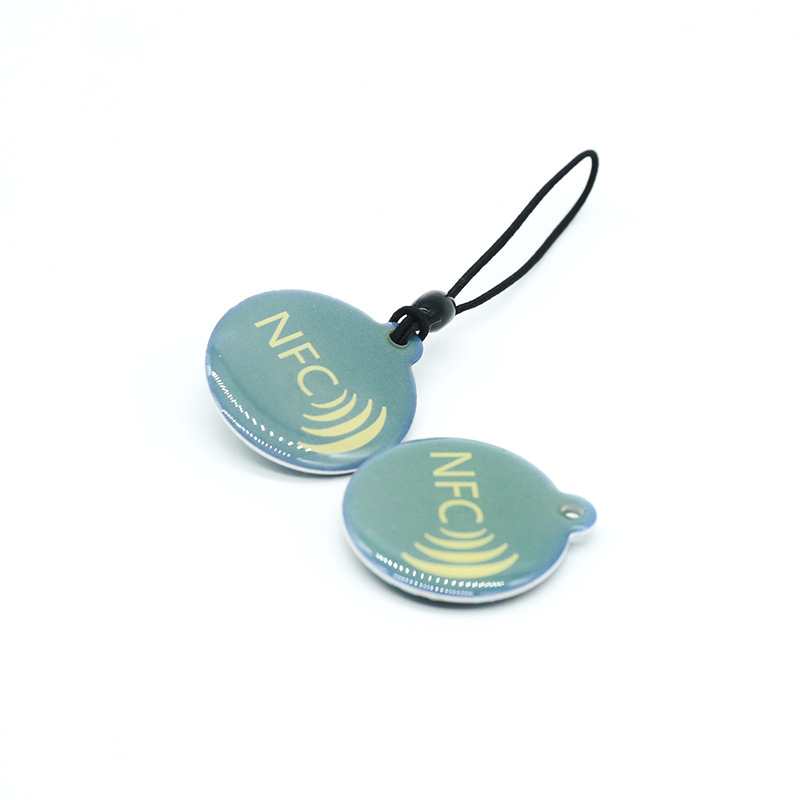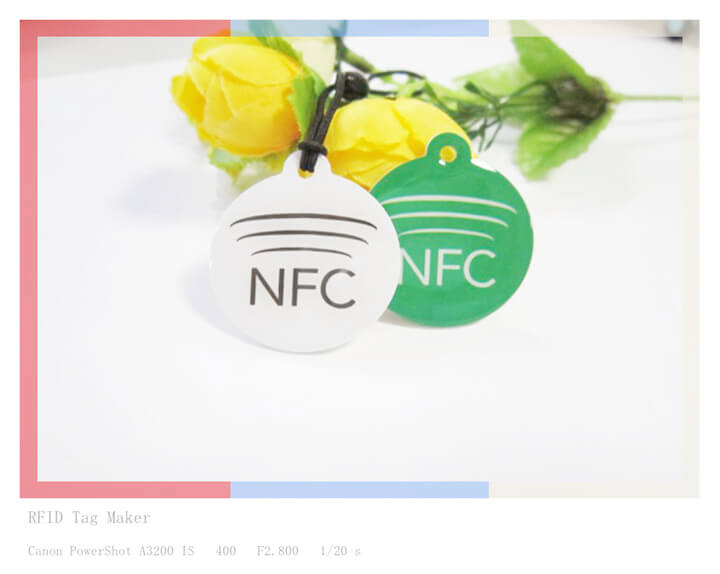Managing a library can be a difficult task, given the constant influx of new materials and patrons. RFID technology allows libraries to track and manage their inventory and circulation more efficiently, thereby streamlining this process.
But how does it work? What are the advantages? This article examines the fundamentals of RFID technology and its benefits for libraries.
How Do RFIDs Function in Libraries?
RFID, or Radio Frequency Identification, transmits information using microchips that emit radio waves. These chips are embedded in tags that can be affixed to library materials including books, DVDs, and laptops.
Before embedding these tags, libraries must create an electronic database of their entire collection and assign a unique identifier to each item. Afterward, this ID will be encoded onto the RFID tag.
The process of encoding is crucial because it ensures that the correct data is associated with each item. A mistake at this stage will result in improper tracking and administration of library materials.
RFID tags can be read by a scanner or antenna once they have been encoded. This eliminates the need for manual check-ins and check-outs and enables librarians to quickly scan and track the location and circulation status of materials without the need for manual check-ins and check-outs.
When a patron checks out an item with an RFID tag, the scanner will update the item’s status in the electronic database automatically. In addition to saving time, this reduces human error in record keeping.
RFID Technology for Inventory Administration
RFID technology is capable of streamlining inventory management in addition to tracking the check-in and check-out of materials. Using a simple scan, librarians can easily monitor the location and circulation of library materials.
To accomplish this, a librarian will require a portable RFID reader to scan the tags on the materials. Then, they will scan the shelves or storage areas to precisely pinpoint the location of each item. This method is significantly quicker and more efficient than manually searching for materials on shelves.
Furthermore, it is faster than the conventional barcode system. It does not require physical contact with the item and can simultaneously read multiple tags. In addition, there is no need for a direct line of sight, as RFID can even read tags beneath stacked objects or within boxes.
RFID Systems for Security
Loss of library materials is a frequent problem that can result in monetary losses. It can also cause inconvenience for patrons who placed a hold on the item.
RFID technology’s security features aid in preventing loss and theft. Libraries are able to equip RFID tags with security sensors that sound an alarm if an item is removed from the building without following proper check-out procedures.
This deters potential theft and expedites the recovery of lost items. RFID technology can also be integrated with other security systems, such as CCTV, to prevent loss and theft in a more comprehensive manner.
RFID Technology Benefits for Libraries
This technology offers libraries numerous benefits, including:
Faster & Convenient Checkout/ Check-in
With the advancement of technology, customers frequently anticipate faster and more convenient service. RFID technology expedites and streamlines the check-in and checkout process, resulting in increased customer satisfaction.
The technology detects when a patron returns an item, automatically and without human intervention updating the electronic database. This allows for more efficient operations and saves time for both staff and customers.
Enhanced Inventory Control
Keeping manual records for a large inventory of materials can be time-consuming and error-prone. Additionally, searching for materials requires physically going through the shelves, which can be inefficient and labor-intensive.
RFID technology integration enables more efficient inventory management. Using a portable RFID reader, librarians can quickly and easily track the location and movement of materials, improving overall accuracy and productivity.
Enhancement of Customer Service
Customers are interested in having quick access to materials and information. The librarians must be available to help patrons locate and check out the desired materials.
RFID technology allows librarians more time to improve customer service. It permits them to spend more time interacting with patrons and improving the library experience for them.
This increased focus on the customer can increase customer satisfaction and brand loyalty. It ensures that the library continues to be a useful resource for the community.
Productive Work Environment
RFID technology improves patron satisfaction and also benefits library staff. The technology streamlines their work processes and frees up their time to focus on customer service or professional development. This can lead to a more fulfilling work environment and increased librarian job satisfaction.
In addition, librarians can devote more time to tasks requiring higher levels of critical thinking and creativity, rather than being bogged down by administrative tasks. This enables them to better serve their community and enhances the institution’s value.
Negative aspects of RFID Technology
RFID technology offers numerous benefits to libraries, but it also has some disadvantages.
Cost
Implementing RFID technology can be costly, as it requires the purchase of equipment and training of personnel. Some smaller libraries may be unable to afford this technology, or they may not see an adequate return on investment.
Privacy Issues
There are also privacy and potential misuse of personal information concerns. RFID tags could be used to track individuals’ reading habits, which raises ethical concerns.
Libraries must ensure that they have adequate security measures in place to protect the privacy of their patrons and comply with all applicable laws and regulations. Additionally, they must educate customers on how RFID technology may affect their privacy.
Choosing Library RFID Tags
It is essential to consider size, durability, and compatibility with existing equipment when selecting RFID tags for a library.
Smaller tags may be more convenient for items like books and CDs, whereas larger tags may be required for laptops and other electronic equipment. Tags must be durable enough to withstand daily use and potential damage.
In addition, transparent and foldable tags can be placed on the spine of the material without altering its appearance. Thus, customers will not even notice the tag’s presence.
















